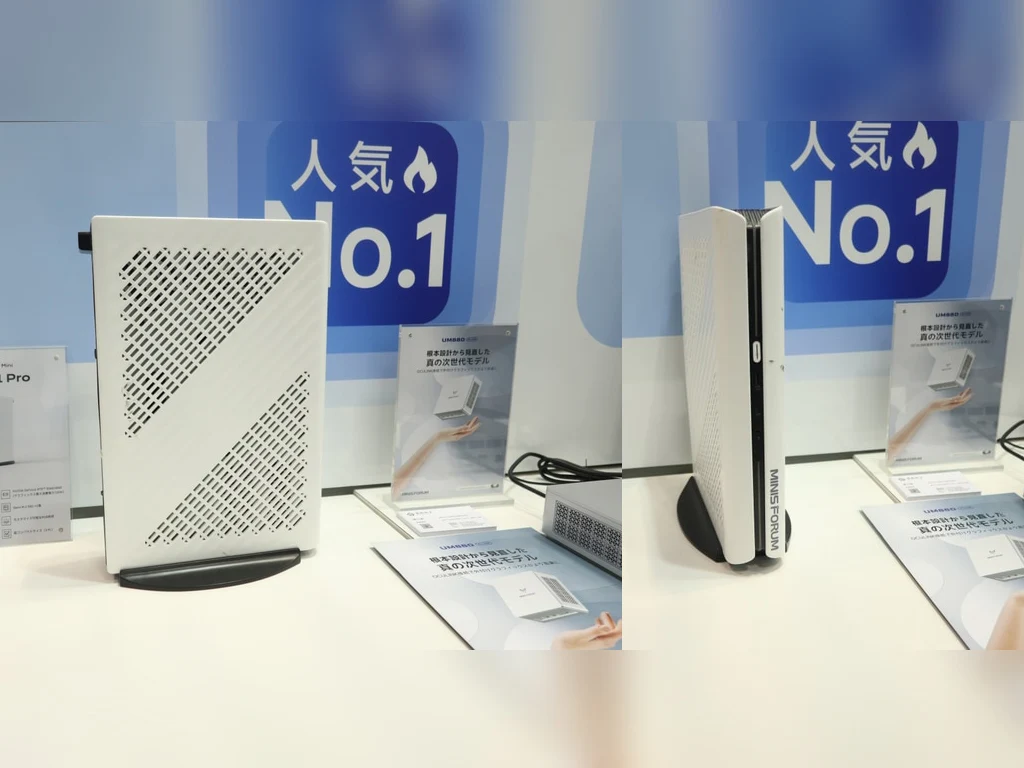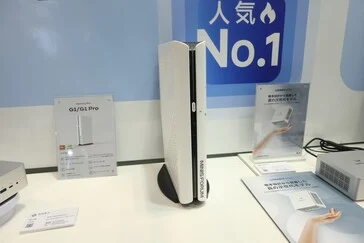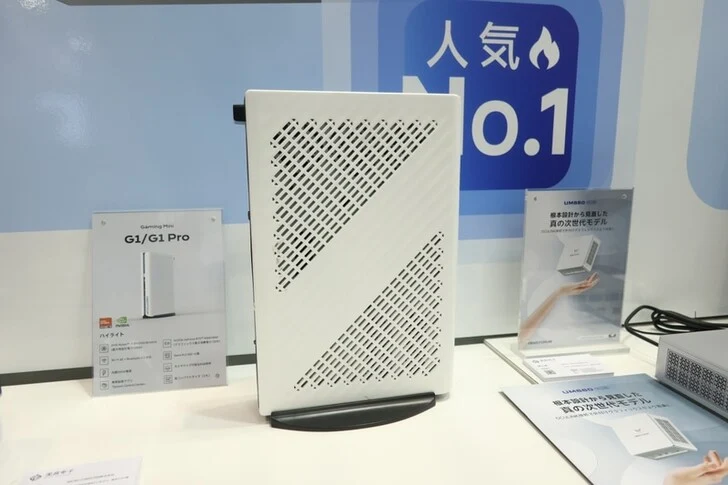Key Takeaways
1. Nvidia faced criticism for releasing the RTX 5060 and RTX 5060 Ti without benchmarks, while AMD’s RX 9060 XT launch went unnoticed.
2. AMD’s Frank Azor claims 8 GB of VRAM is sufficient for most gamers, as 1080p remains the most common resolution and esports titles require less VRAM.
3. The assertion that 8 GB GPUs are adequate for all gamers is misleading; stronger GPUs with more VRAM can outperform weaker 8 GB models, especially in demanding games.
4. AMD’s decision to skip the 12 GB variant for the RX 9060 XT may weaken its market position, especially against competitors offering higher VRAM options.
5. There is significant demand for 8 GB graphics cards, particularly in developing regions, but limiting capabilities may harm the long-term health of the PC gaming landscape.
Nvidia faced a lot of criticism for its decision to release the 8 GB RTX 5060 and RTX 5060 Ti without allowing reviewers to benchmark them. This makes AMD’s recent reveal of the 8 GB Radeon RX 9060 XT at Computex 2025 somewhat unexpected, as it didn’t receive much attention. Frank Azor from AMD has since taken to X to explain the reasoning behind the GPU’s launch. He stated:
“Most gamers are still playing at 1080p, so they don’t really need more than 8GB of memory. The most popular games worldwide are mainly esports titles. We would not have developed this GPU if there wasn’t a demand. If 8GB isn’t sufficient for your needs, then you have the option of 16GB. It’s the same GPU, just different memory sizes.”
Data Supports His Claim
Steam’s hardware survey from April 2025 backs up his claim, showing that 1080p remains the most common resolution among users. While Steam doesn’t capture the entire PC gaming demographic, it represents a significant portion. Moreover, esports games typically don’t demand a lot of VRAM as they are often more reliant on CPU performance. Titles like Counter-Strike 2, DOTA 2, and Valorant can even run on integrated graphics. Many esports players might choose an 8 GB RTX 5060 or RX 9060 XT to enjoy a few games for over 5,000 hours. However, it’s possible they might explore other games too, especially with services like Xbox Game Pass offering access to popular AAA titles such as Doom: The Dark Ages and The Elder Scrolls IV: Oblivion.
Misunderstanding of VRAM Needs
However, saying that 1080p gamers have no need for more than 8 GB of VRAM is misleading. There have been multiple instances where graphics cards with 12 or 16 GB of memory but weaker GPUs have outperformed their 8 GB rivals, especially in titles that incorporate ray tracing. Additionally, many PC games release with optimization issues and bugs. The notion that 8 GB GPUs are unsuitable for AAA games is flawed because why invest in a gaming PC if you can’t play the games you want? While buyers of the 9060 XT might not expect to run everything on ‘Ultra’ settings for $300, struggling to achieve ‘Medium/High’ without FSR or DLSS is indeed a concern.
Concerns About Market Position
If the RTX 5060 Ti is any indication, the 9060 XT with 8 GB will likely encounter similar problems. It’s puzzling that AMD chose to skip the 12 GB segment altogether. A 9060 XT priced at $300 with 12 GB of VRAM could have provided better value and strengthened its stance in the mid-range GPU sector. It would have also been a strong marketing point, such as saying, “We provide more VRAM than our biggest competitor.” Even Intel, a newcomer in the discrete GPU market, wisely included 10 GB of VRAM in its Arc B570.
The Value of 8 GB Graphics Cards
Is there a demand for 8 GB graphics cards? Definitely. Gamers in developing regions often prefer 8 GB GPUs because of higher prices resulting from import taxes and other fees. The cost difference between 8 GB and 16 GB variants can often exceed $50 or even $100 for the same reasons. The xx60 series of GPUs have always been the workhorses of each generation, and limiting their capabilities just to save a few dollars on production will likely harm the PC gaming landscape in the long run. Why spend around $1,000 on a PC when you could buy a PlayStation 5 Pro and four games for that same amount?
It may no longer be feasible to sell a $200 graphics card due to rising costs from TSMC wafers, tariffs, and inflation. However, a mere $50 difference between an 8 GB GPU and a 16 GB GPU makes the former appear less appealing, irrespective of the manufacturer. As Gamers Nexus might say: it’s a waste of resources.
Source:
Link





